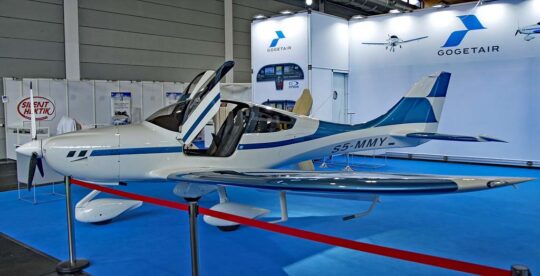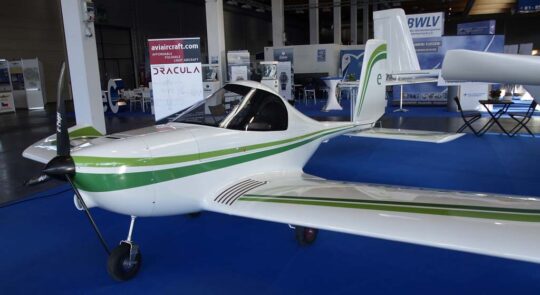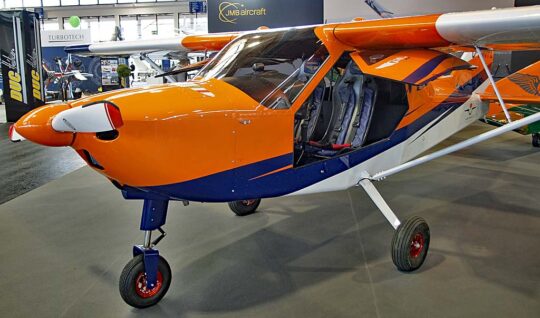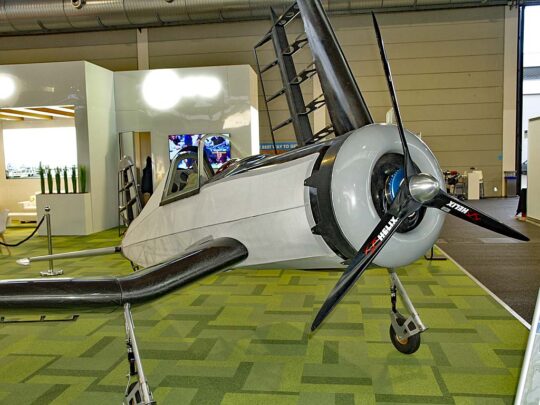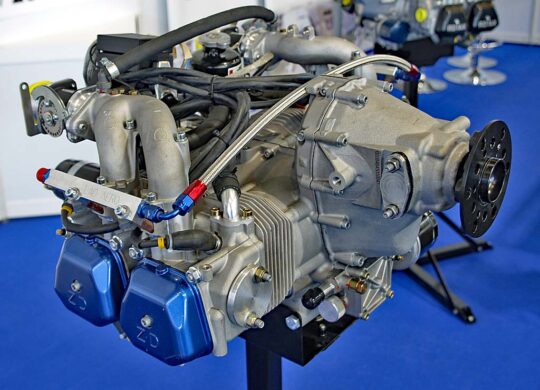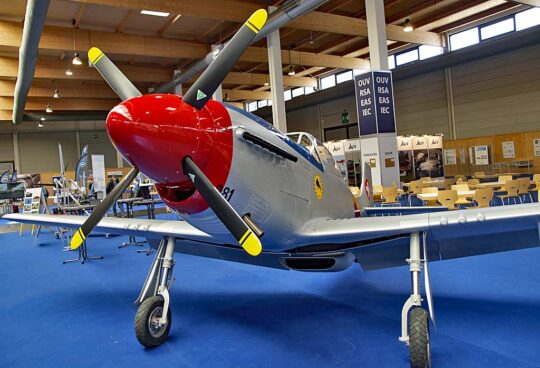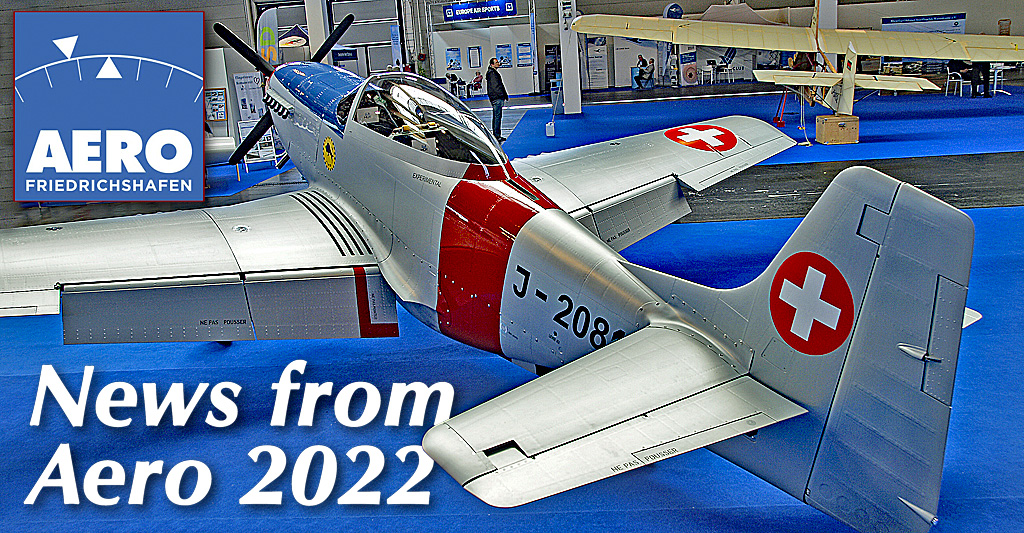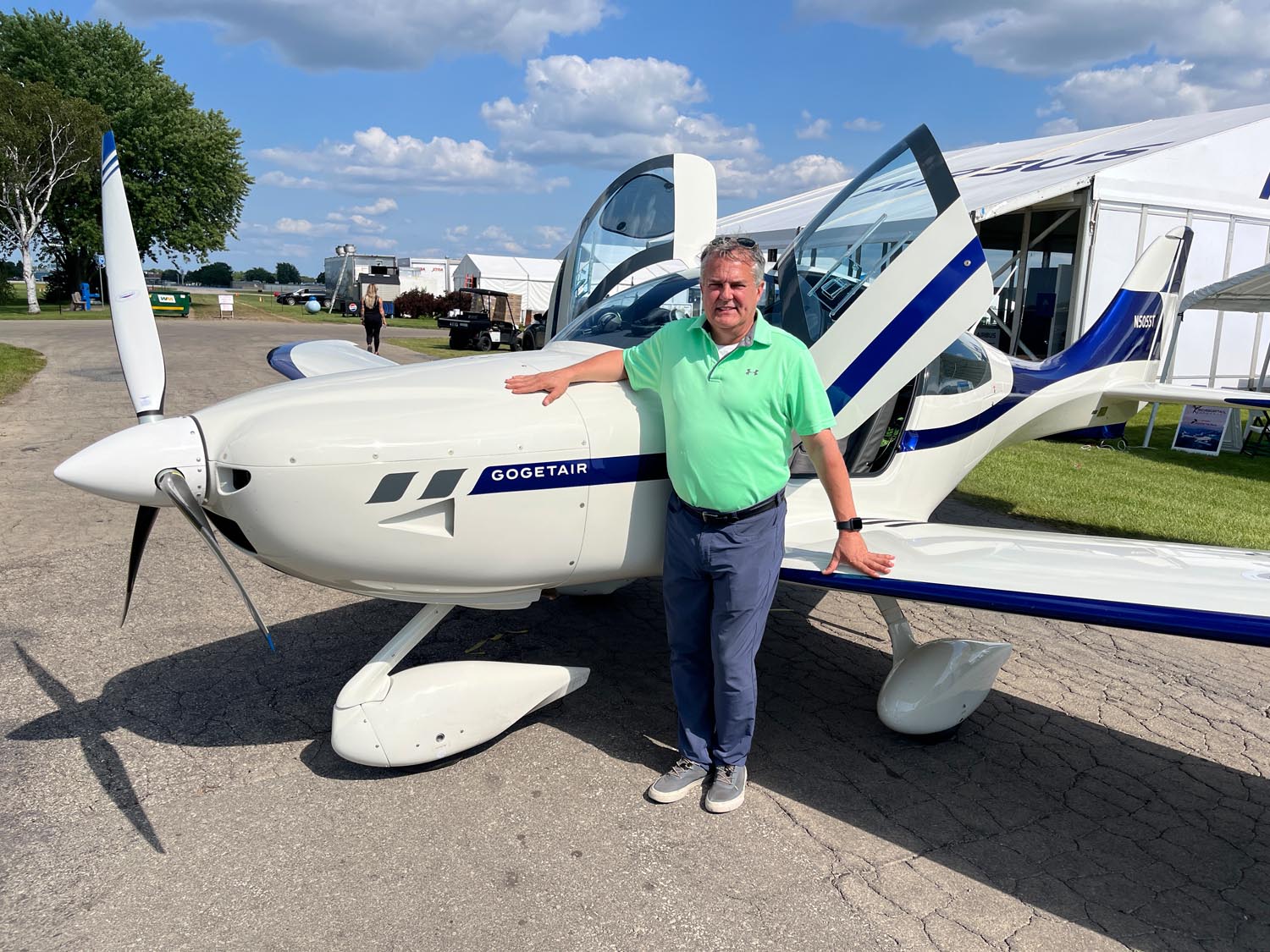
Scissortail Aerosport company, out of Tulsa, Oklahoma, imports sleek composite aircraft from Slovenia. Last year, they brought a sleek four place low wing to AirVenture that was well-received. This year, they imported an even sleeker and, dare we say, sexier looking, two place speedster that promises to be “Mosaic ready.” Named the GOGETAIR G-750, this little sportster trues out at 138 knots at 10,000 feet and stalls at 54 knots. The two place Gogetair G-750 that Scissortail brought to AirVenture flies behind a Rotax 914 Turbo and a Woodcomp electric variable-pitch prop. Scissortail’s President, Shannon Hankins, states that the customer can also order a Rotax 915 and a hydraulically powered MT constant speed prop. The panel wears a Dynon HDX EFIS, but can be ordered with the Garmin G3X. This design features a fuselage roll safety cage and a whole airframe parachute. The Gogetair G-750’s most attractive trait, however is it’s eye-catching design, sporting swept wing tips and gull wing doors.


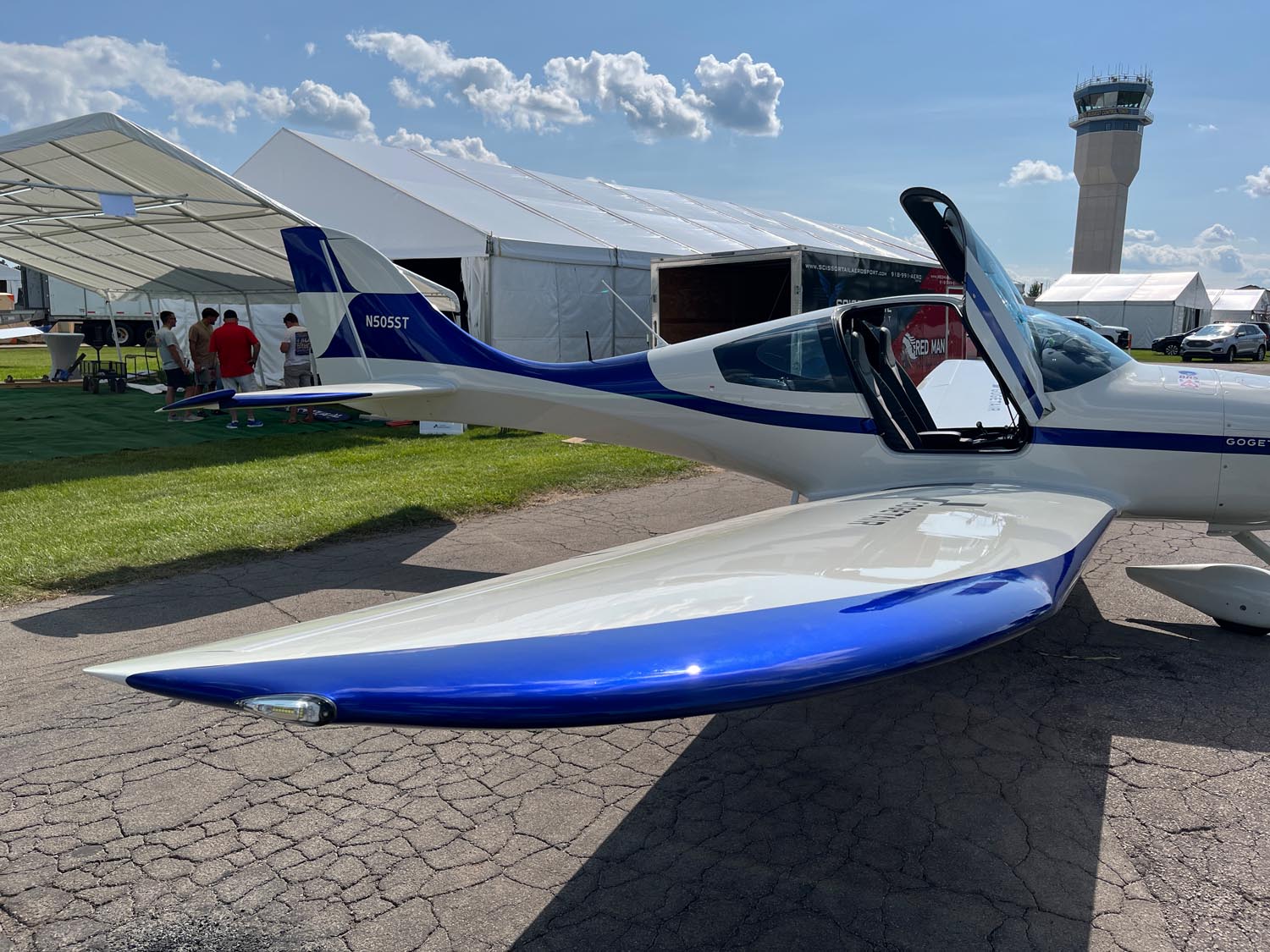
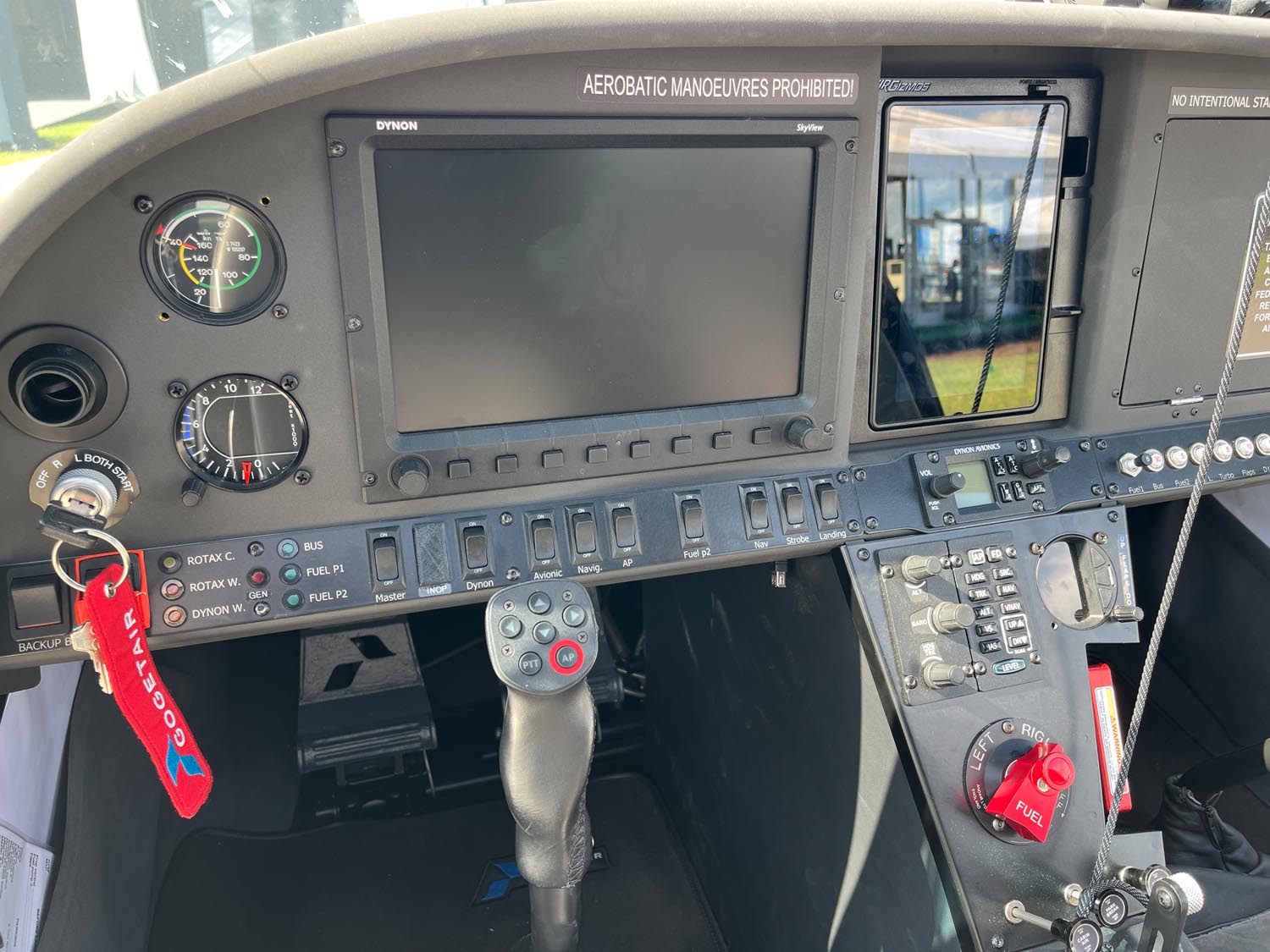
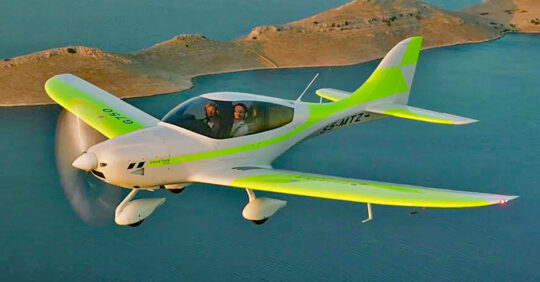 Mosaic as a completed regulation is still 16 months away, according to FAA's oft-repeated statements about how long they need after comments have closed. The agency has a lot of work remaining on this proposed regulation.
After a group of maintenance organizations asked for more time, FAA extended the comment period to January 22, 2024. That means you have less than one week left as this article is posted. After that, FAA begins huddling internally to review all comments and make other changes (and hopefully fix a number of weak areas;
Mosaic as a completed regulation is still 16 months away, according to FAA's oft-repeated statements about how long they need after comments have closed. The agency has a lot of work remaining on this proposed regulation.
After a group of maintenance organizations asked for more time, FAA extended the comment period to January 22, 2024. That means you have less than one week left as this article is posted. After that, FAA begins huddling internally to review all comments and make other changes (and hopefully fix a number of weak areas; 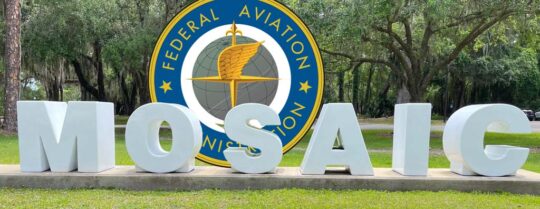 Beside FAA,
Beside FAA, 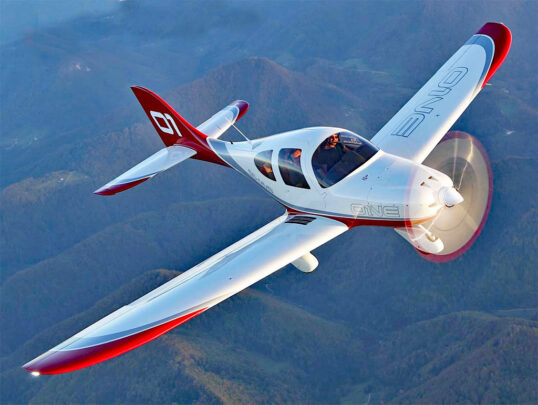 GoGetAir's G750 evolved from an aircraft I had seen earlier in Europe called One (image). A stylish design One used a sports car approach, two rear seats of limited carrying capacity. One Aircraft was designed by Iztok Šalamon after he began that company in 2014. One Aircraft shut down operations in 2019 when GoGetAir was established.
Today, GoGetAir and their G750 are today the product of Ania and Iztok Šalamo (nearby image). They are well positioned for the coming Mosaic LSA class.
GoGetAir's G750 evolved from an aircraft I had seen earlier in Europe called One (image). A stylish design One used a sports car approach, two rear seats of limited carrying capacity. One Aircraft was designed by Iztok Šalamon after he began that company in 2014. One Aircraft shut down operations in 2019 when GoGetAir was established.
Today, GoGetAir and their G750 are today the product of Ania and Iztok Šalamo (nearby image). They are well positioned for the coming Mosaic LSA class.
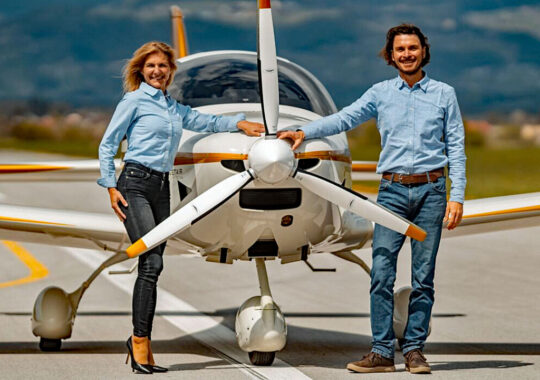 "We took the things that we love and we have built on them," noted the couple. "The result is the innovative GoGetAir line of aircraft. In order to achieve the best possible comfort for the pilot during G750's nine-hour endurance, the aircraft is equipped with adjustable rudder pedals as well as with adjustable seats and three different foam density of seat cushioning for maximum comfort."
"GoGetAir is the only aircraft in the category that features large forward-and-upward-hinging doors for easy entry," said the Šalamos, referring to them as "Lamborghini-style doors." They added, "Pilot and passengers are protected with a Formula-1-like full-carbon roll cage with kevlar protection.
"In addition, every G750 is equipped with a BRS Parachute System," GoGetAir said, "designed around a solid-fuel rocket housed in the front fuselage that pulls the parachute to full deployment within seconds."
"We took the things that we love and we have built on them," noted the couple. "The result is the innovative GoGetAir line of aircraft. In order to achieve the best possible comfort for the pilot during G750's nine-hour endurance, the aircraft is equipped with adjustable rudder pedals as well as with adjustable seats and three different foam density of seat cushioning for maximum comfort."
"GoGetAir is the only aircraft in the category that features large forward-and-upward-hinging doors for easy entry," said the Šalamos, referring to them as "Lamborghini-style doors." They added, "Pilot and passengers are protected with a Formula-1-like full-carbon roll cage with kevlar protection.
"In addition, every G750 is equipped with a BRS Parachute System," GoGetAir said, "designed around a solid-fuel rocket housed in the front fuselage that pulls the parachute to full deployment within seconds."
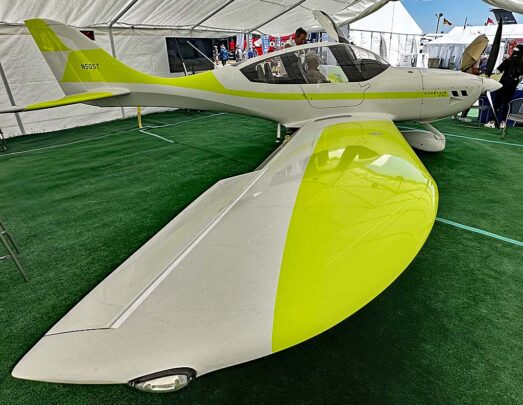 Europe-based light aviation journalist
Europe-based light aviation journalist 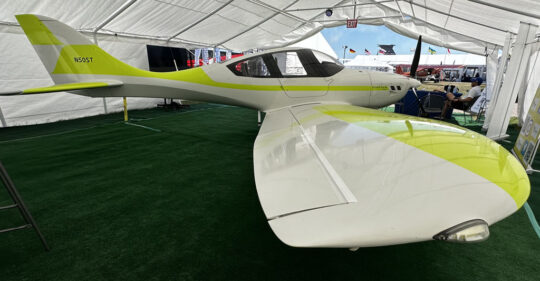
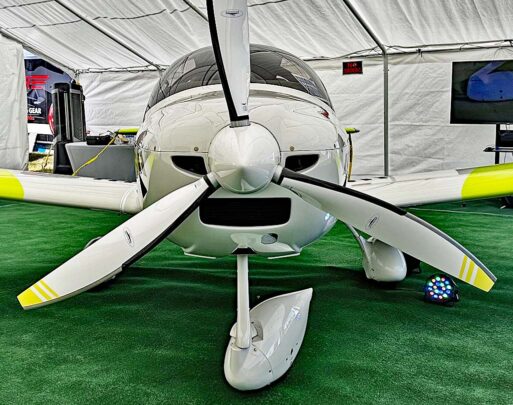 Now, GoGetAir offers the turbocharged, intercooled
Now, GoGetAir offers the turbocharged, intercooled 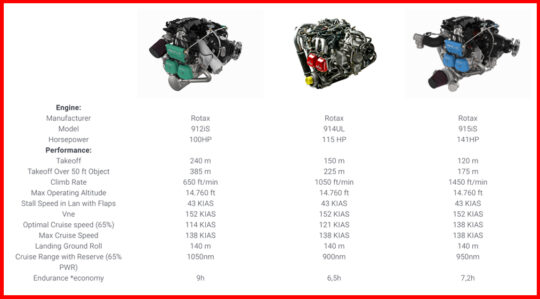 With Rotax 915, G750 takes off in less tha 400 feet of ground roll and can climb 1,500 feet per minute. Max cruising at altitude, G750/915 will burn 6-7 gallons per hour. Under ideal conditions, full tanks of 35 gallons offers range of nearly 1,000 nautical miles.
"Due to its huge flaps G750 is easily operated on 1,500 foot runway," said GoGetAir. Stall speed for all three engine sizes is a modest 43 knots or 49 miles per hour. With Mosaic coming in at 54 knots (or possibly faster) G750 is well within Mosaic parameters.
With Rotax 915, G750 takes off in less tha 400 feet of ground roll and can climb 1,500 feet per minute. Max cruising at altitude, G750/915 will burn 6-7 gallons per hour. Under ideal conditions, full tanks of 35 gallons offers range of nearly 1,000 nautical miles.
"Due to its huge flaps G750 is easily operated on 1,500 foot runway," said GoGetAir. Stall speed for all three engine sizes is a modest 43 knots or 49 miles per hour. With Mosaic coming in at 54 knots (or possibly faster) G750 is well within Mosaic parameters.
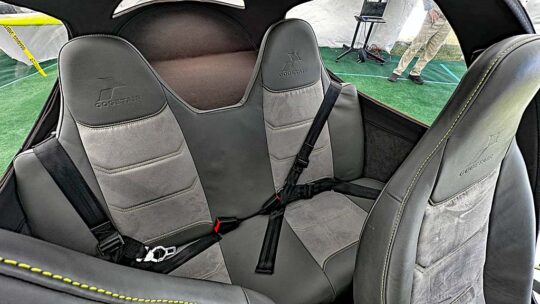
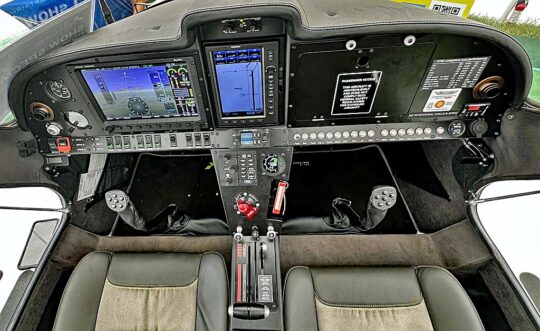 The timing of Scissortail and GoGetAir is excellent, with only 16 months or so before Mosaic is released. In the meantime, FAA has registration categories such Experimental Exhibition that allow import of a small number of fully-assembled aircraft to test the market.
By the second quarter of 2025, Mosaic should become official regulation and then G750 will easily fit the mLSA category assuming the company chooses to pursue and declare compliance with ASTM standards.
The timing of Scissortail and GoGetAir is excellent, with only 16 months or so before Mosaic is released. In the meantime, FAA has registration categories such Experimental Exhibition that allow import of a small number of fully-assembled aircraft to test the market.
By the second quarter of 2025, Mosaic should become official regulation and then G750 will easily fit the mLSA category assuming the company chooses to pursue and declare compliance with ASTM standards.
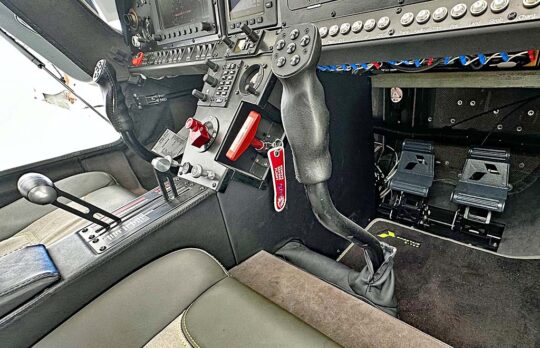 G750 is a costlier choice as will be many mLSA. At $270,000 to $340,000, depending on optional equipment and finishes, G750 is helping to define a price point for Mosaic LSA. Extra seats and extra capabilities cost real money.
While we all wait on Mosaic, Scissortail can refine their operation and deliver a few Experimental Exhibition aircraft to earn feedback from American pilots. Contact Shannon or Alan for more or to arrange a flight demo.
G750 is a costlier choice as will be many mLSA. At $270,000 to $340,000, depending on optional equipment and finishes, G750 is helping to define a price point for Mosaic LSA. Extra seats and extra capabilities cost real money.
While we all wait on Mosaic, Scissortail can refine their operation and deliver a few Experimental Exhibition aircraft to earn feedback from American pilots. Contact Shannon or Alan for more or to arrange a flight demo.
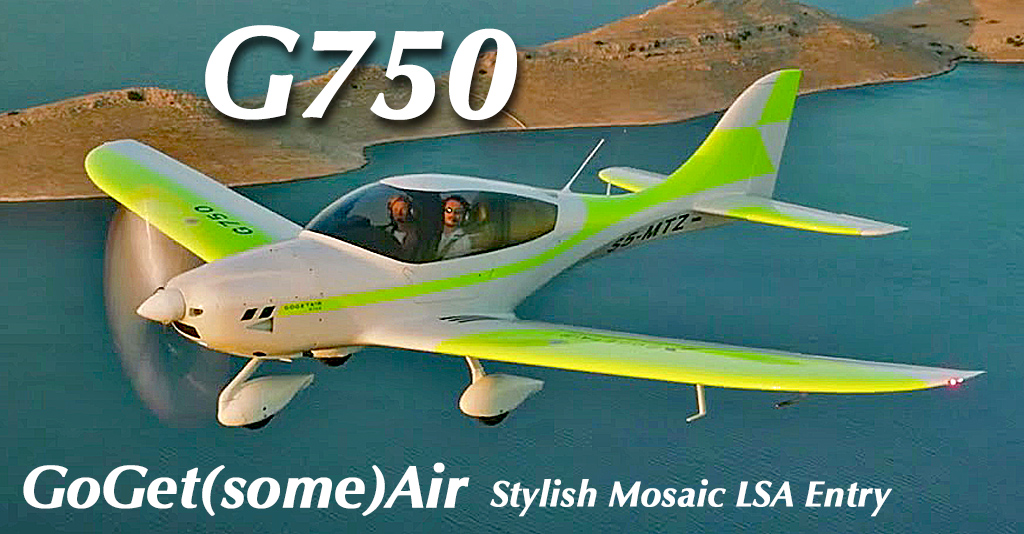
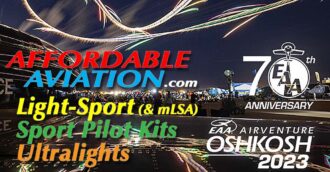 Oshkosh has something for every pilot and more than any one person can see.
I'll mention this news briefly as I wish to pay respect to fellow pilots. Two crashes on the weekend after we departed resulted in four fatalities reportedly including one passenger. My sincere condolences to the surviving families. Oshkosh has had safe years with no loss of life but when so many airplanes assemble, mathematical odds suggest a crash is going happen despite heroic efforts to make the event as safe as possible.
Oshkosh has something for every pilot and more than any one person can see.
I'll mention this news briefly as I wish to pay respect to fellow pilots. Two crashes on the weekend after we departed resulted in four fatalities reportedly including one passenger. My sincere condolences to the surviving families. Oshkosh has had safe years with no loss of life but when so many airplanes assemble, mathematical odds suggest a crash is going happen despite heroic efforts to make the event as safe as possible.
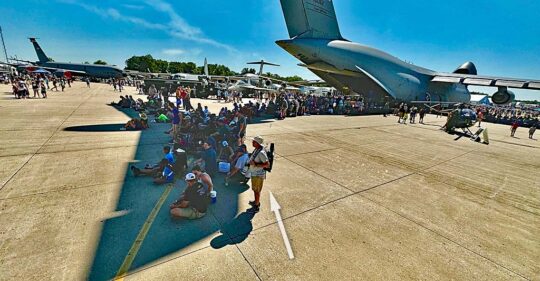
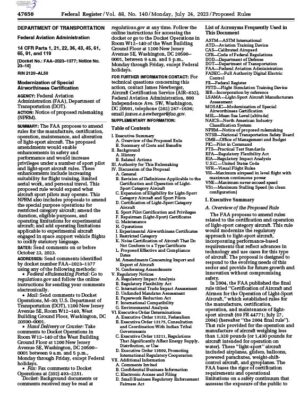
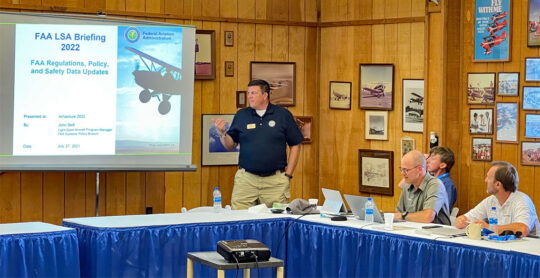
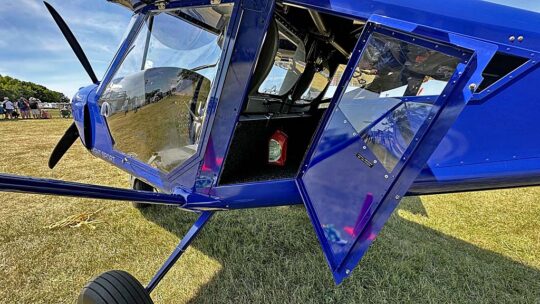 AEROPRAKT
AEROPRAKT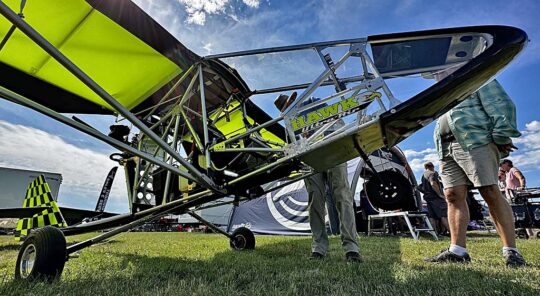 HAWK ULTRA AIR
HAWK ULTRA AIR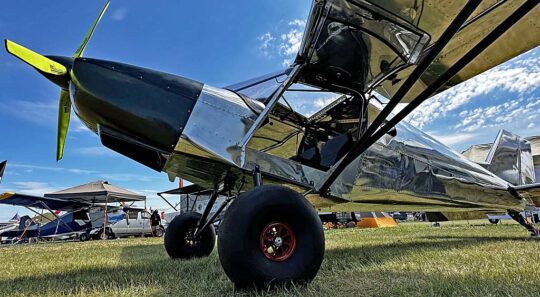 AQUILAE
AQUILAE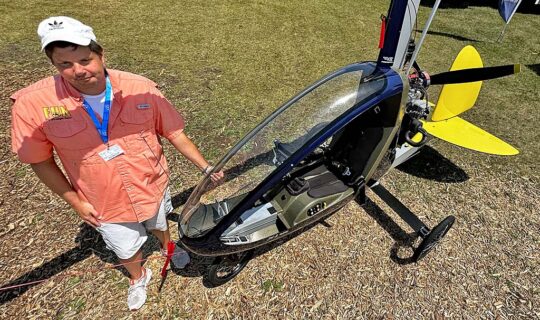 FUSION NANO GYRO
FUSION NANO GYRO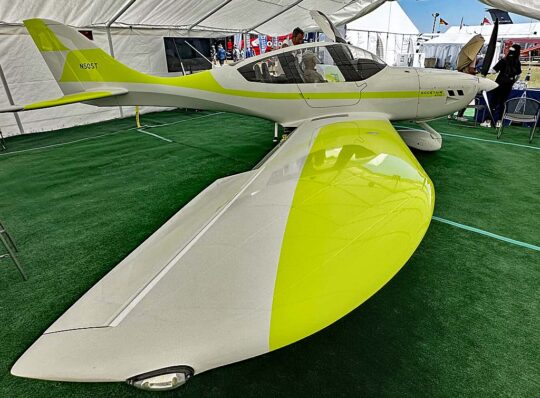 GOGETAIR 750
GOGETAIR 750 In the following 12-minute video
In the following 12-minute video 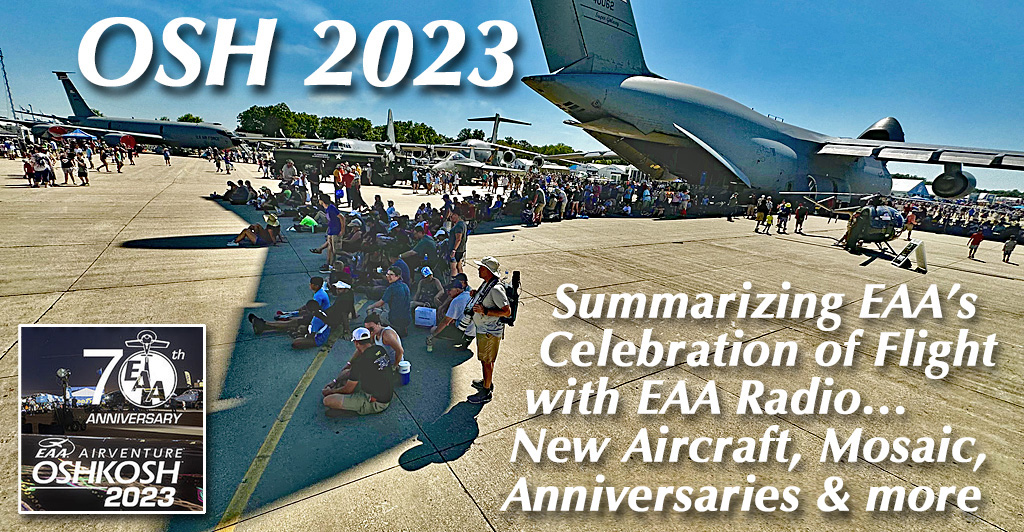
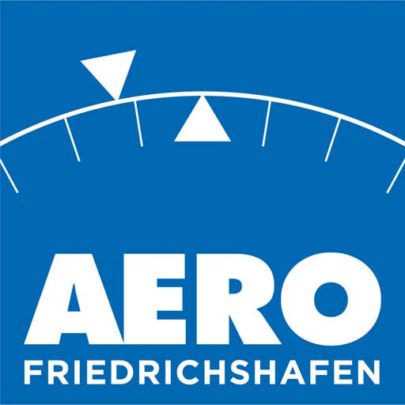
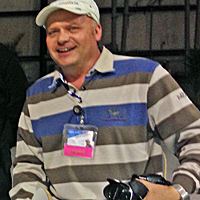 People that know Marino — many of you pilots, but nearly every producer — are aware he is an energetic, superbly-informed, and technically-competent individual. I am pleased to present his work in this and additional articles to follow from the recently-completed Aero Friendrichshafen show in southern Germany.
In this article, Marino provides a short bit about six interesting projects. Some of these you know; some you don't.
I hope you enjoy Marino's quick tour. Look for more… soon.
People that know Marino — many of you pilots, but nearly every producer — are aware he is an energetic, superbly-informed, and technically-competent individual. I am pleased to present his work in this and additional articles to follow from the recently-completed Aero Friendrichshafen show in southern Germany.
In this article, Marino provides a short bit about six interesting projects. Some of these you know; some you don't.
I hope you enjoy Marino's quick tour. Look for more… soon. 